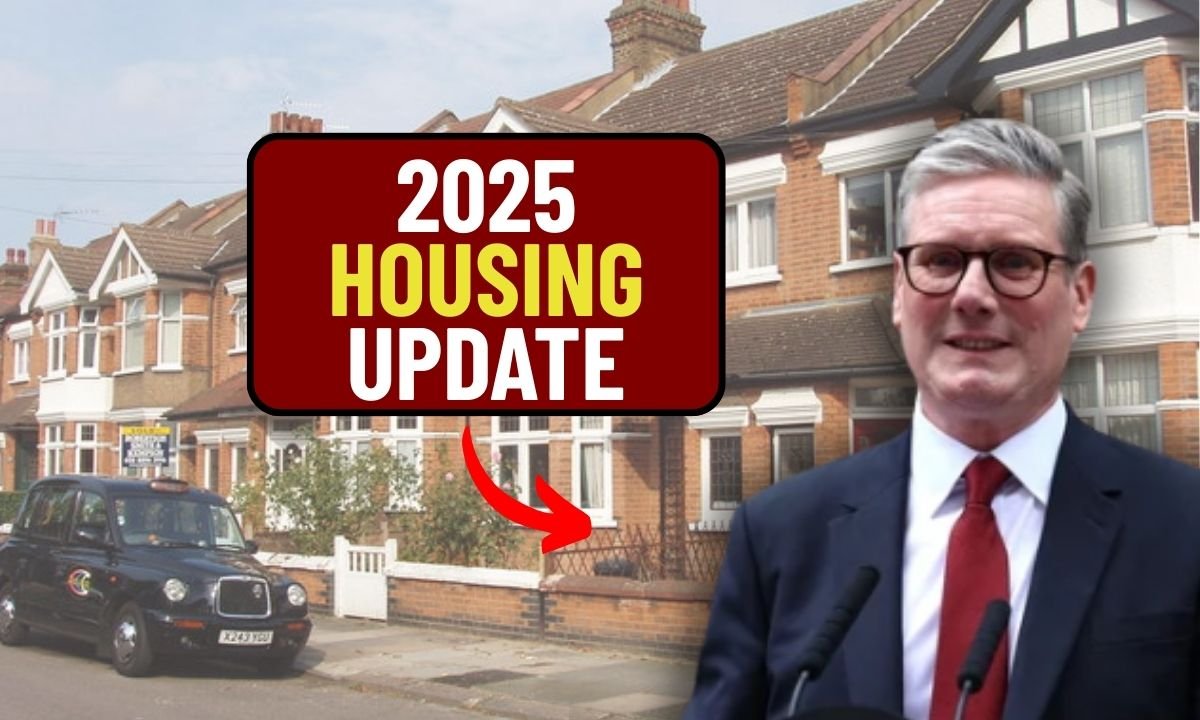The UK government is introducing sweeping changes to its Housing Benefit programme starting April 2025 marking one of the most significant reforms in recent years. For decades, Housing Benefit has served as a financial safety net for low-income households, helping cover rent costs and prevent homelessness. But with new social and economic pressures, the government is rolling out a revised structure aimed at tightening eligibility, adjusting payments, and redistributing benefits based on local needs. This shift is expected to impact thousands of households and landlords across the country.
Eligibility Rules Get Stricter as Financial Thresholds Are Redefined
One of the core updates involves a recalibration of who qualifies for Housing Benefit. Starting in April, financial caps on income and savings will be more stringent, potentially excluding claimants who previously received assistance. For individuals already on Universal Credit, this could mean reduced Housing Benefit entitlements as payment formulas are updated to align with the new policy framework. The aim is to target support more precisely, but the fallout may include difficult transitions for those hovering just above the new thresholds.
Work Requirements Tighten for Working-Age Claimants
Employment expectations are also changing. Working-age recipients will be required to demonstrate active job seeking or increased working hours to continue receiving benefits. These stricter conditions are designed to encourage self-sufficiency, but they may add pressure to households already juggling low-paying or unstable jobs. Exemptions are likely to apply to vulnerable groups such as seniors or individuals with disabilities, though the extent of these exceptions will depend on case-by-case evaluations.
Payment Rates to Be Tied More Closely to Local Housing Markets

A key feature of the 2025 changes is a shift to regionalized benefit calculations. Instead of a flat-rate system, Housing Benefit amounts will now more accurately reflect local housing markets. Areas experiencing rapid rent inflation particularly major cities could see higher benefit caps to help recipients manage rising costs. Conversely, regions with stable or declining rents may witness a reduction in available support. This localized approach aims to stretch public funds further while ensuring benefits match real-world rental demands.
Urban centers such as London, Manchester, and Birmingham where rent increases have outpaced wage growth stand to benefit most from the revised payment structure. Tenants in these areas may receive larger benefit payouts to keep up with skyrocketing rent prices. However, tenants in rural or less expensive areas could find themselves facing new caps that reduce their monthly assistance. This geographic redistribution could significantly alter the housing stability of claimants depending on their location.
Private Renters Face Tougher Choices Than Social Housing Tenants
The divide between private and social housing tenants is also set to widen. Private renters are particularly vulnerable under the new model, especially if updated benefit levels fall short of rising rental costs. These tenants may be forced to find additional income, negotiate with landlords, or relocate to cheaper areas. On the other hand, individuals in social housing where rents are generally lower and more regulated may experience less disruption, benefiting from the stability of public housing support.
Property owners who lease to tenants receiving Housing Benefit are advised to stay informed and proactive. Changes in benefit calculations and timelines could lead to payment delays or discrepancies, requiring clear communication and flexibility. Landlords may also need to revise tenancy agreements to reflect new conditions, particularly in areas affected by shifting rent caps. Understanding these regulations early on can help prevent disputes and ensure smoother tenant transitions.
What Tenants and Landlords Should Do Now
As April 2025 draws near, both claimants and property owners must stay ahead of the curve. With the government committed to modernizing the welfare landscape, the Housing Benefit overhaul represents a broader attempt to streamline public spending while tailoring aid to local realities. For households relying on this support, early preparation, access to guidance, and financial planning will be key. Likewise, landlords must stay engaged with policy developments to protect their interests and support tenant stability during this pivotal transition.

